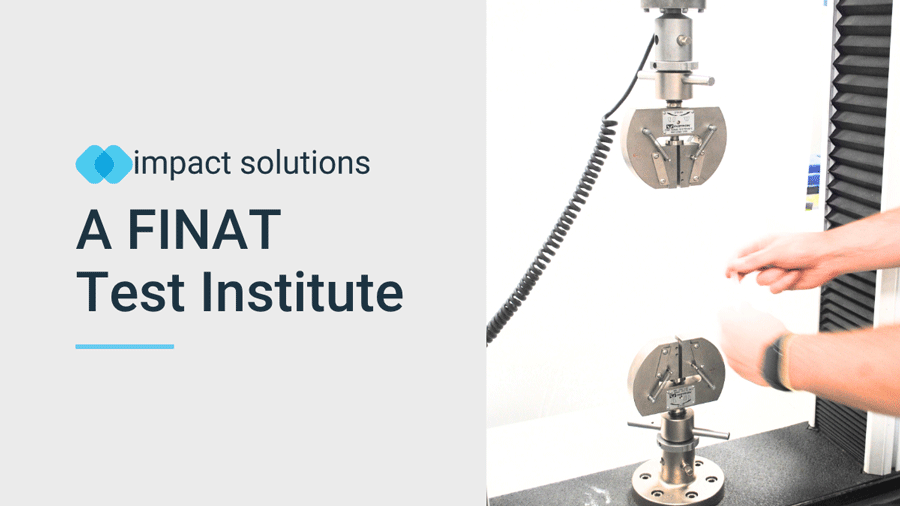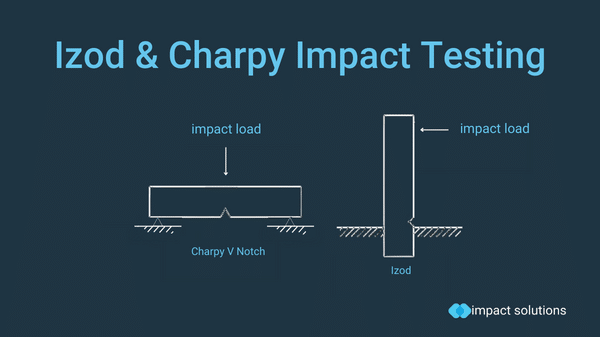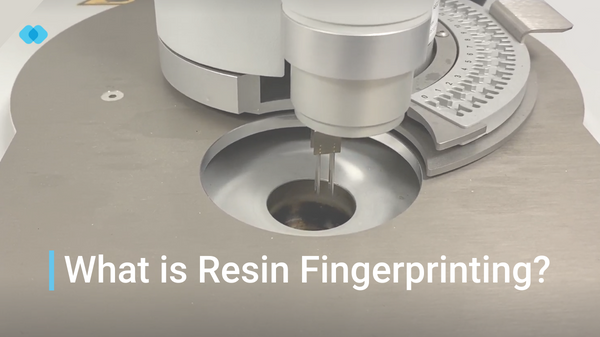Compressive Creep Testing to BS EN 1606:2013
What does BS EN 1606 involve?
The test requires the specimen in the form of a prism to be loaded between two parallel platens, one of which is movable, and to monitor the compression under a fixed compressive stress using a dial gauge or LVDT transducer.
The standard recommends collecting the compression deflection at specific intervals over at least 90 days. The variation of deflection with time is analysed using the Findley formula, which, when plotted on logarithmic axes, produces a linear relationship. Depending on the quality of the linear extrapolation (R² ≥ 0.9), the standard allows the deflection to be extrapolated to times corresponding to 30 times the test time.
Impact Solutions has a range of equipment to undertake compressive creep in accordance with BS EN 1606, as well as the dynamic compressive test BS EN 856.
How does BS EN 1606 differ from BS EN 826?
The standard BS EN 826, which looks at the compression behaviour of thermal insulation products, is a dynamic test, where the product is compressed at a constant rate from which the parameters such as compression modulus, strain, or compressive strength can be determined in a short time.
BS EN 1606 is an extension to BS EN 826, which specifies a method to determine the compressive creep developed under a constant compressive force over a specified test period, under specified temperature and humidity conditions.
The specimens are selected based on the relevant product standard and of the same dimensions and taken from the same sample with the same preparation as for BS EN 826. The recommended square cross-section is between 50 mm x 50 mm and 300 mm x 300mm.




